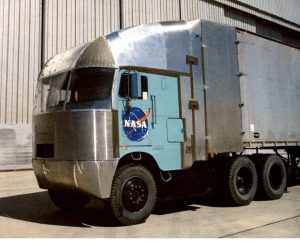Despite Finland being an officially ‘non-aligned’ country, it still allows, and even takes part in, NATO wargames on its soil (which borders Russia).
Suomalaiset Leopardit ja Sisu Pasi ja CV9030 ja MTLB ja 2S1 ja BMP-2 ja AMoS=Finnish Leopard and Sisu Pasi and CV9030 and MTLB and 2S1 and BMP-2 and AMoS.
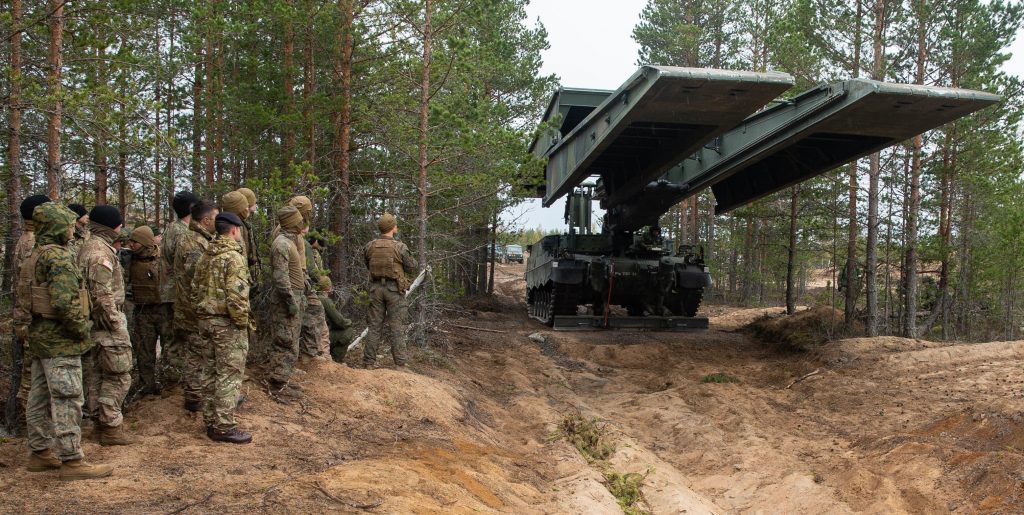
U.S. Marines and U.K. Royal Marines watch a demonstration of the Leopard bridgelayer, 07MAY2019. U.S. Marine Corps photo by Lance Corporal Scott Jenkins.
Finnish German-made Leopard 2L bridge laying tank, demonstrating for U.S. Marines, and U.K. Royal Marines, during NATO’s Exercise Arrow in May 2019.
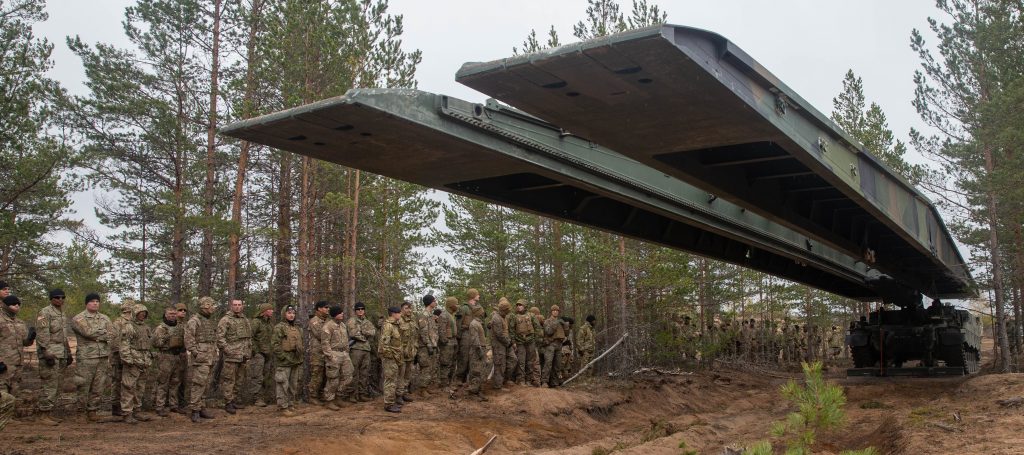
U.S. Marine Corps photo by Lance Corporal Scott Jenkins, 07MAY2019.
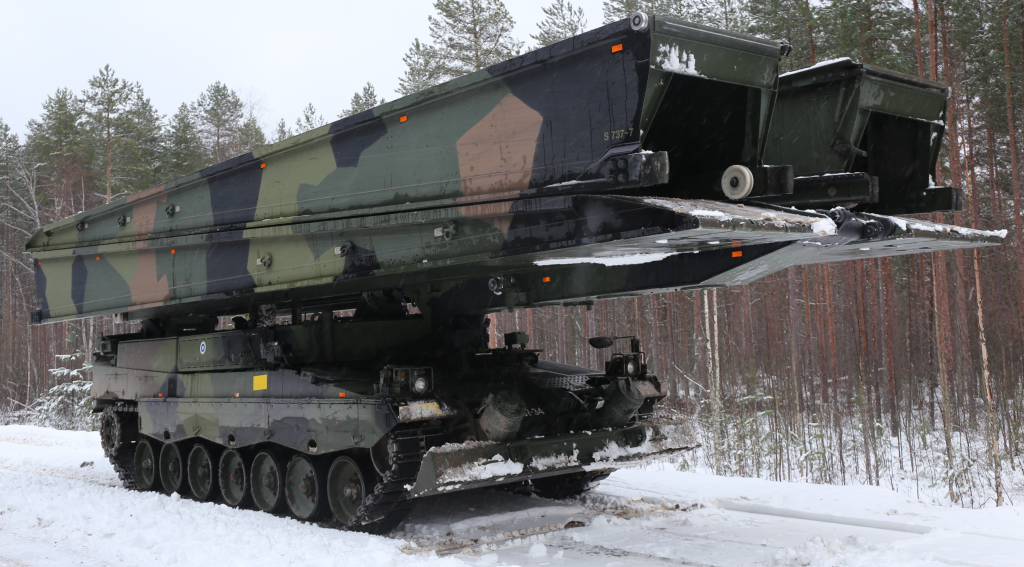
It is a German Leopard 2 chassis with a Finnish designed bridge system. Puolustusvoimat / Finnish Defense Forces photo.
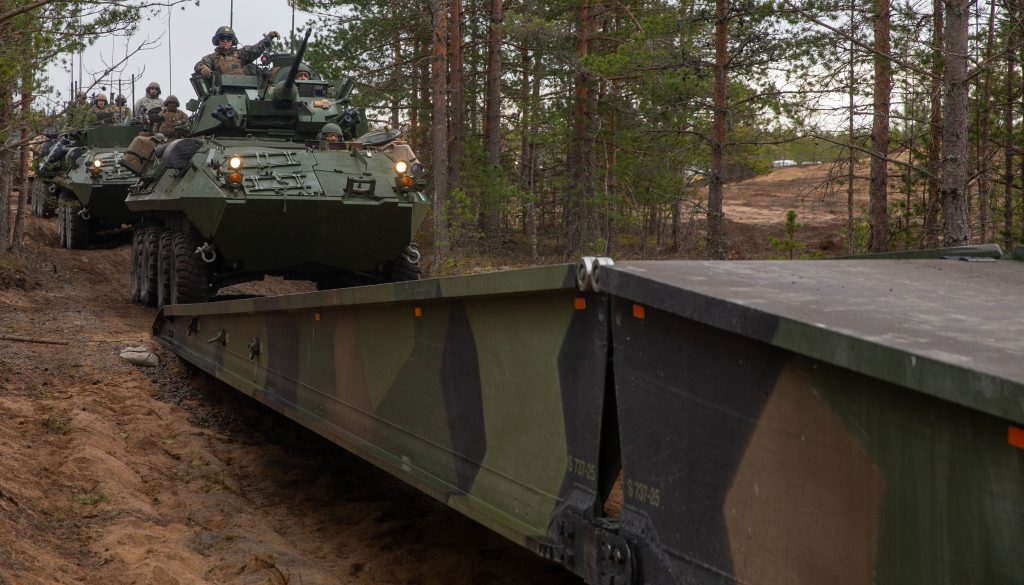
USMC LAVs try out the Finnish bridge. USMC photo by Lance Corporal Scott Jenkins, 07MAY2019.
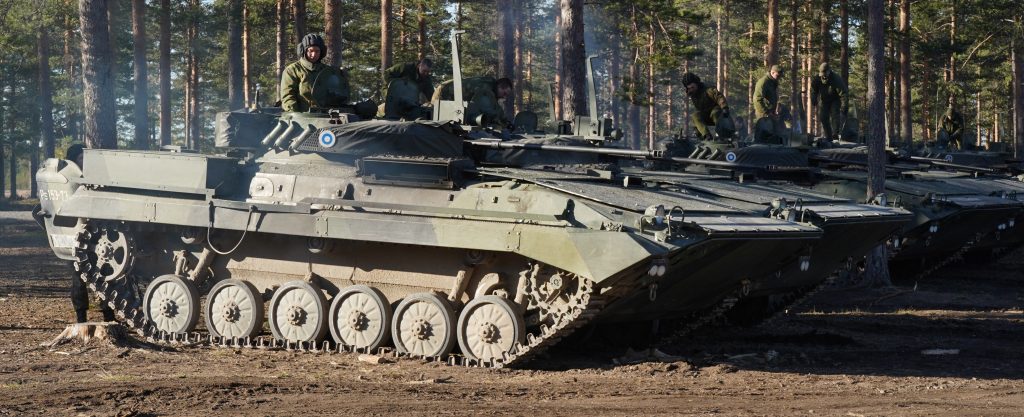
BMP-2MD on the Pojankangas Training Area near Kankaanpaa, Finland, 15MAY2019. U.S. Army photo by Sergeant LaShic Patterson.
Soviet era BMP-2, modernized to BMP-2MD. NATO’s Arrow 19.

BMP-2MD on the Pojankangas Training Area near Kankaanpaa, Finland, 15MAY2019. USA photo by Sergeant LaShic Patterson.
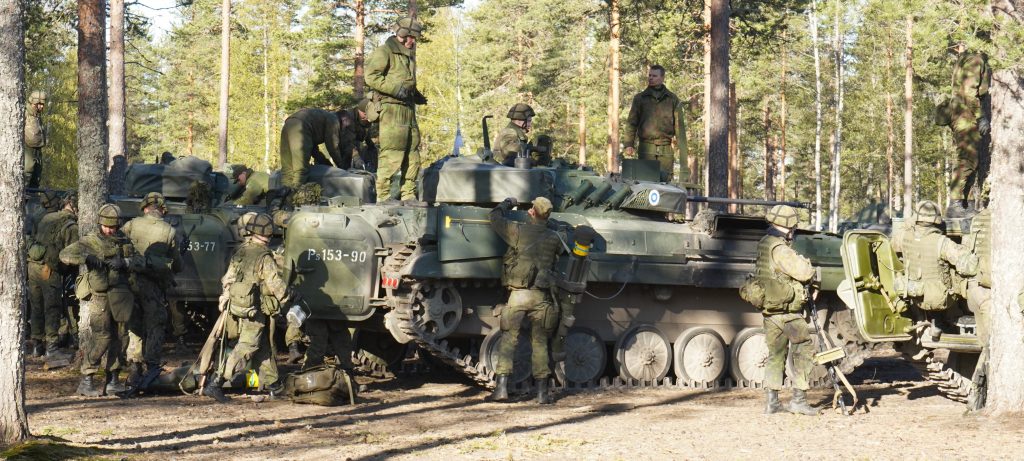
BMP-2MD on the Pojankangas Training Area near Kankaanpaa, Finland, 15MAY2019. USA photo by Sergeant LaShic Patterson.

USA photo by Sergeant LaShic Patterson, 17MAY2019.
Supposedly neutral Finland also takes part in NATO wargames in other countries.

Älvdalen training grounds, Sweden, 27OCT2018. Puolustusvoimat / Finnish Defense Forces photo by Sergeant Alec Orko.
Washing a Sisu/Patria (Sisu was a Cold War era name for the company now called Patria) Pasi XA-203 prior to the short road-march to neighboring Norway for NATO’s Trident Juncture, October 2018.
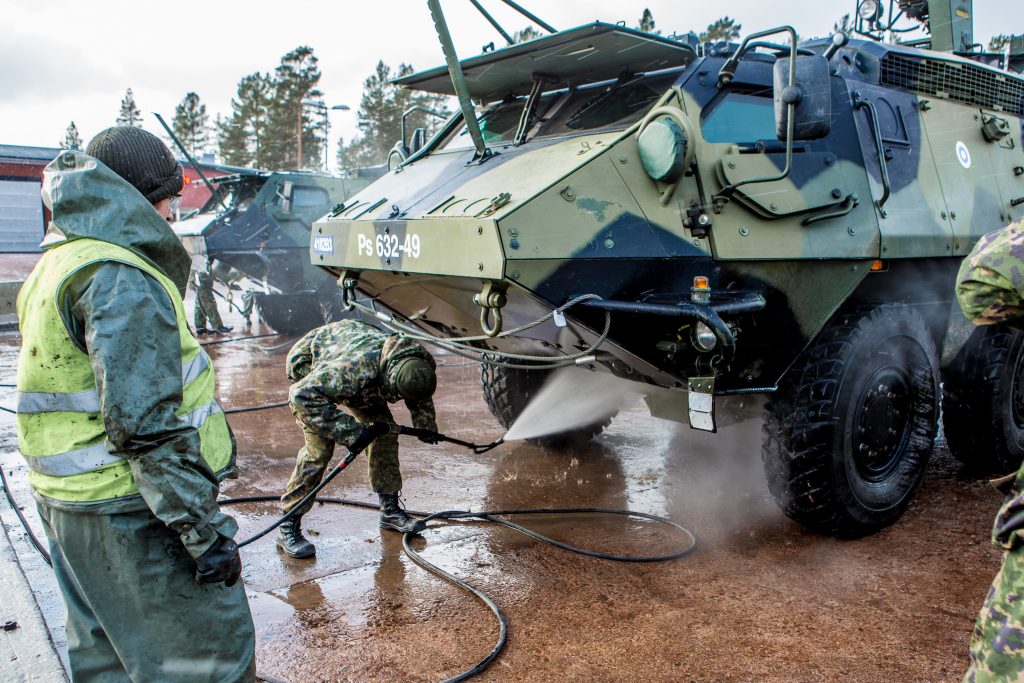
Washing off the Sweden, before heading to Norway. Puolustusvoimat / Finnish Defense Forces photo by Sergeant Alec Orko, 27OCT2018.
Video, painting your Patria Pasi for Winter ops, 2018:
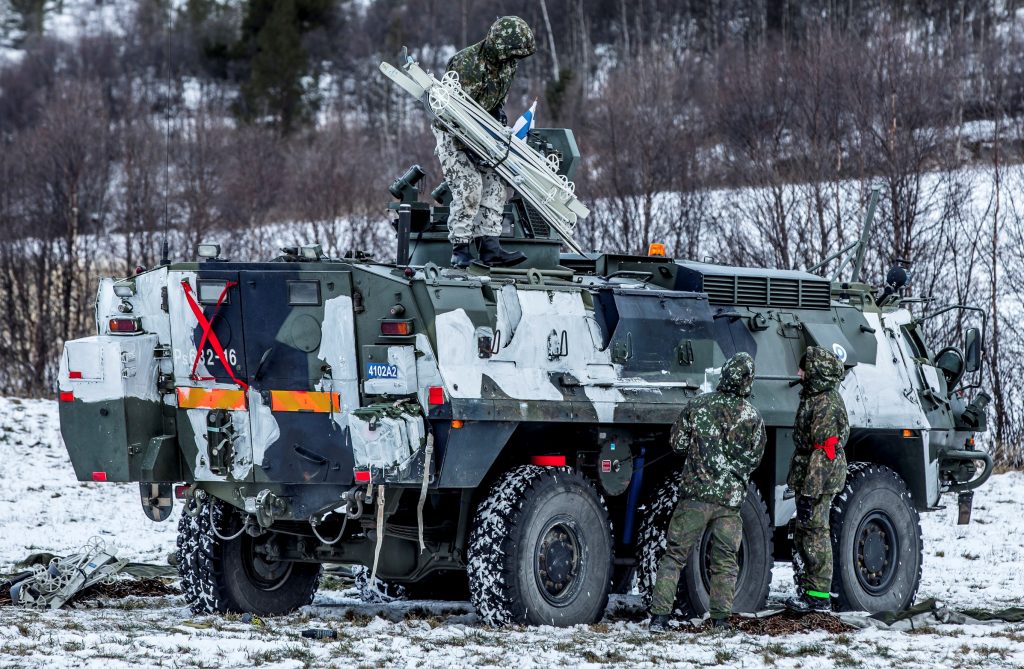
Puolustusvoimat / Finnish Defense Forces photo by Ville Multanen, 29OCT2018.
Going skiing. A Patria Pasi during NATO’s Trident Juncture, October 2018.

Finnish MTLBs during Arrow 18, in Pohjankangas Training Area, Finland, 18MAY2018. U.S. Marine Corps photo by Sergeant Averi Coppa.
Soviet era MTLBs during Arrow 18, May 2018.

CV90-30FIN
Video of Swedish made CV9030 FIN, during NATO’s Saber Strike 2017 in Estonia:
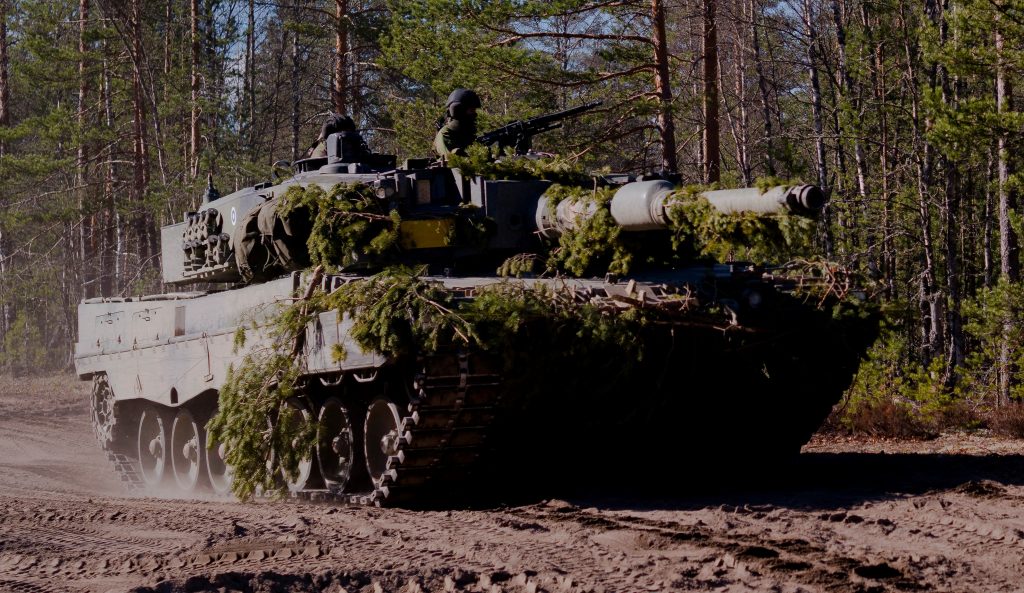
USA photo by Specialist Elliott Banks, 06MAY2017.
Leopard 2A4, NATO’s Arrow 17 wargames, May 2017.
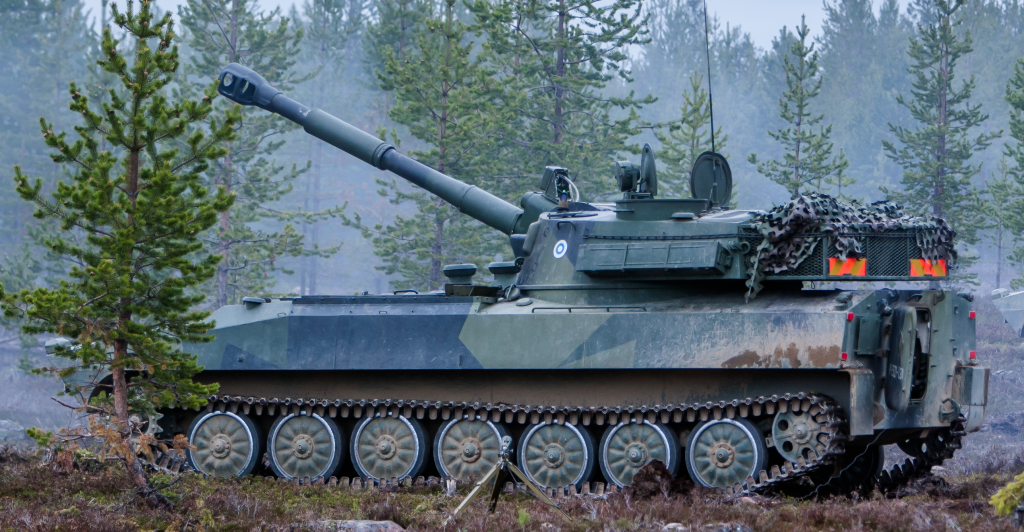
Puolustusvoimat / Finnish Defense Forces photo.
Soviet era 2S1 self propelled artillery gun, the Finns call it the 122 PSH 74. They are former East German 2S1s, purchased in 1992 and 1994.
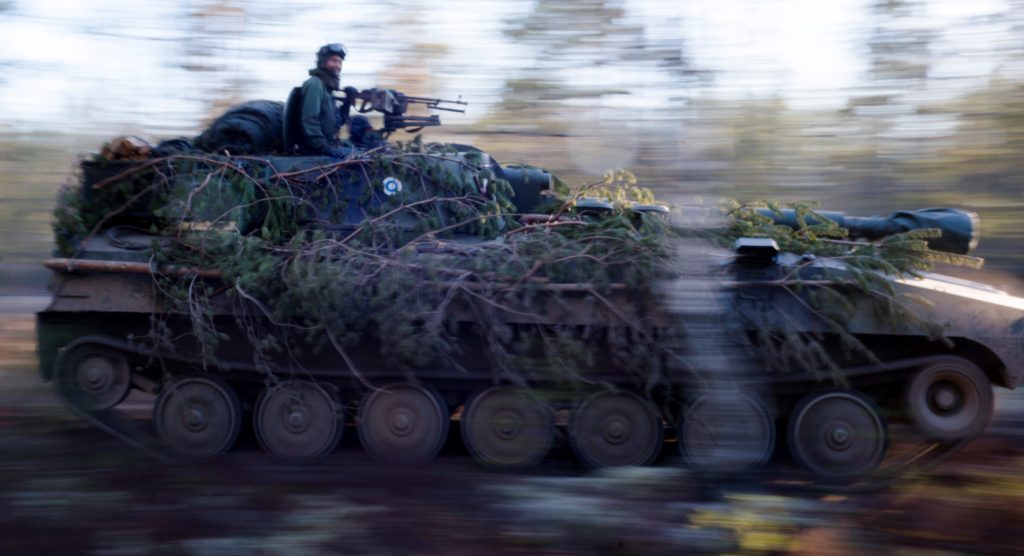
U.S. Army photo by Specialist Elliott Banks, 05MAY2017.
122 PSH 74 (2S1), NATO’s Arrow 17 wargames, May 2017.
Slow-mo video, German-made Leopard 2A4s, one with Israeli made mine-plow, Niinisalo Training Area in 2016:
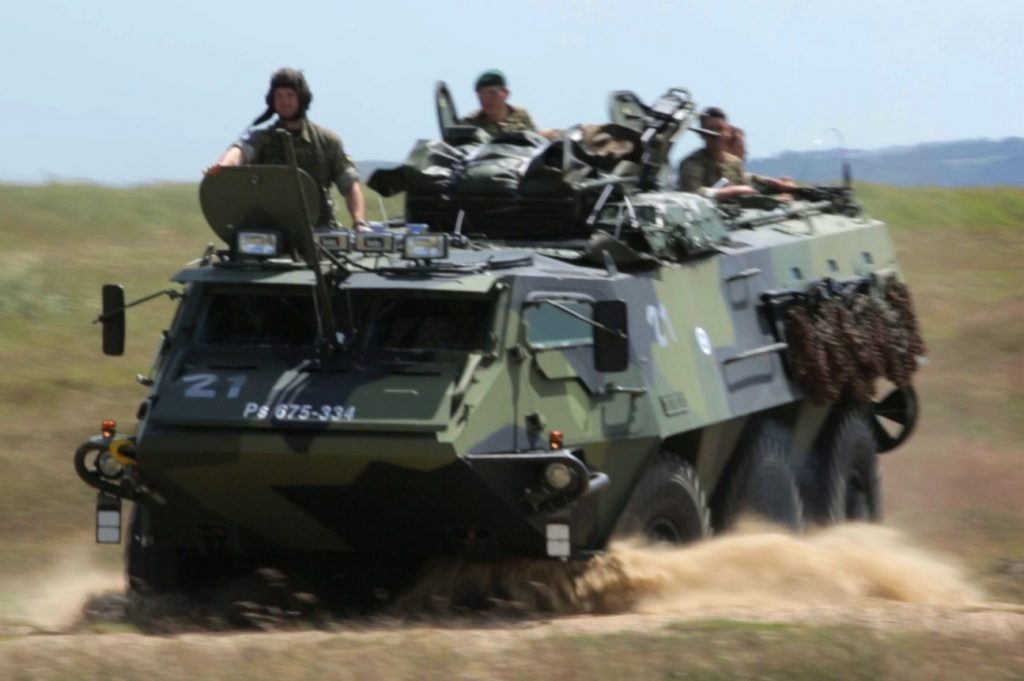
Photo by Sergeant Tatum Vayavananda, 11JUN2015.
Sisu Pasi, carrying British troops, ‘invades’ Sweden during NATO’s BALTOPS during Summer 2015.
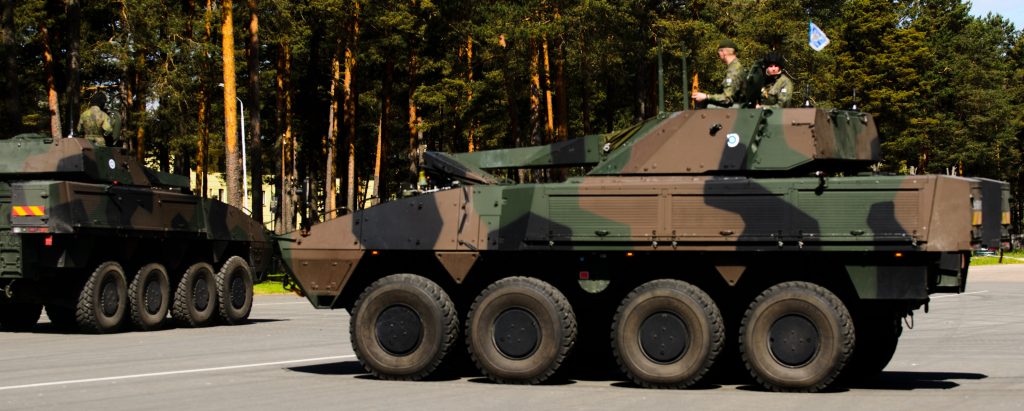
U.S. Air Force photo by Staff Sergeant Armando A. Schwier-Morales, 08JUN2015.
Twin barreled 120mm gunned AMoS (Advanced Mortar System) ‘invades’ Latvia during NATO’s Saber Strike during Summer 2015.
Ukraine Crisis: February 2014 (NATO backed coup) to present.
Vehicle I-D: GEORGIAN T-72 & BMP
HOW TO BUILD A 1:1 SCALE U.S. ARMY ‘FAKE NEWS’ BMP-2
IDAHO’S 1:1 SCALE FAKE NEWS RUSSIAN RADAR TANK
Soviet era tanks in use by NATO: POLAND
Soviet era tanks in use by NATO: BULGARIAN T-72
Soviet era tanks in use by NATO: SLOVENIAN M84
Vehicle I-D: UKRAINIAN ARMOR



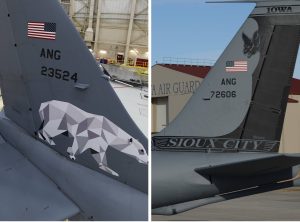 BATS & BEARS, OH MY!
BATS & BEARS, OH MY!










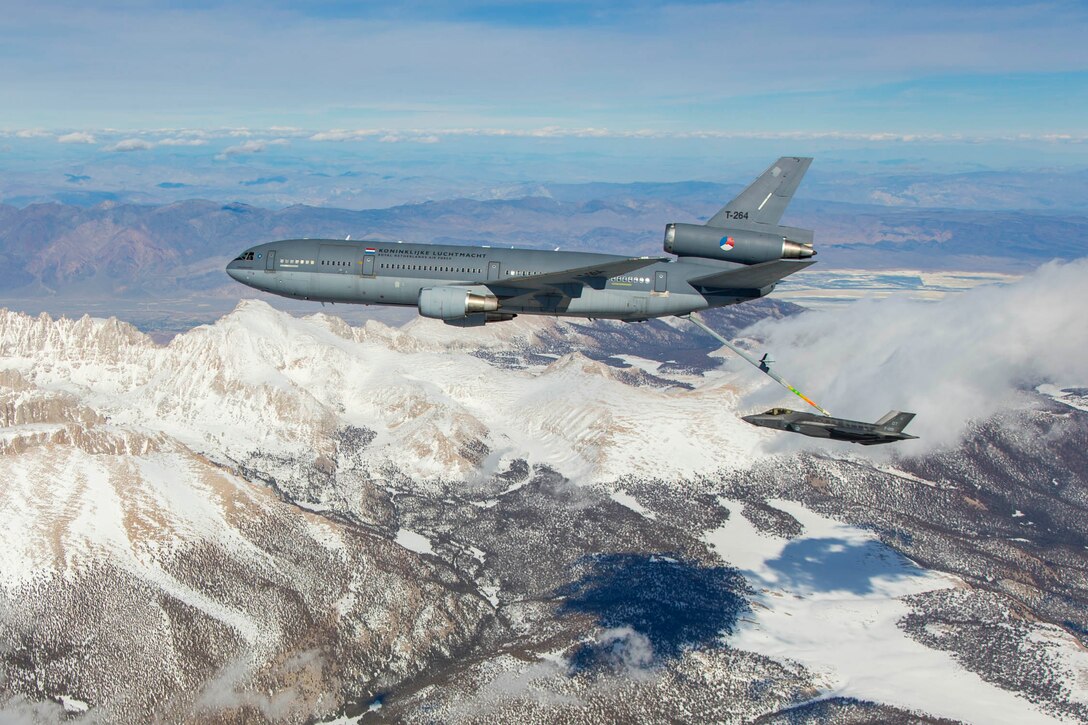
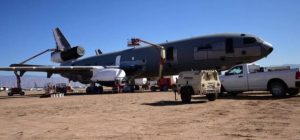
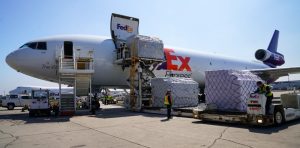
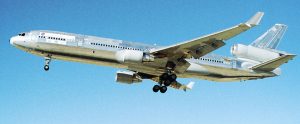

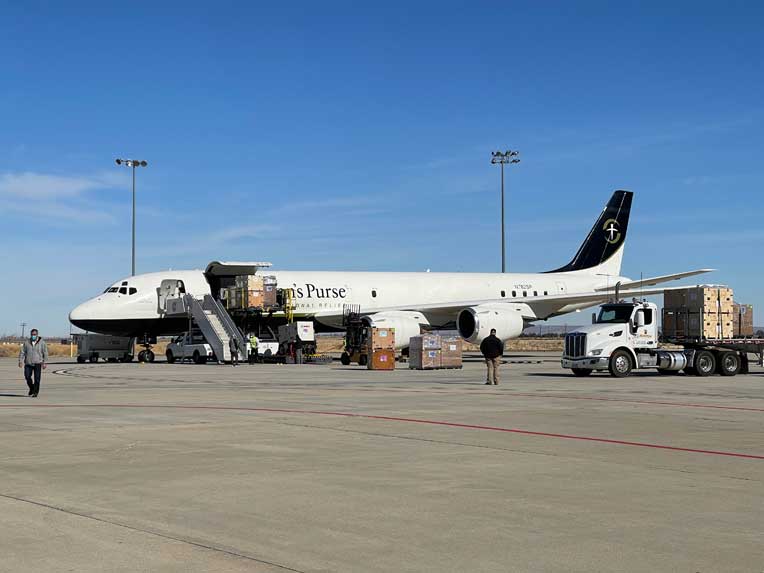




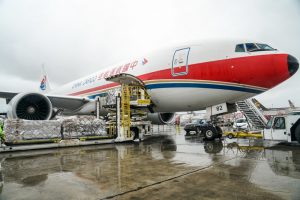

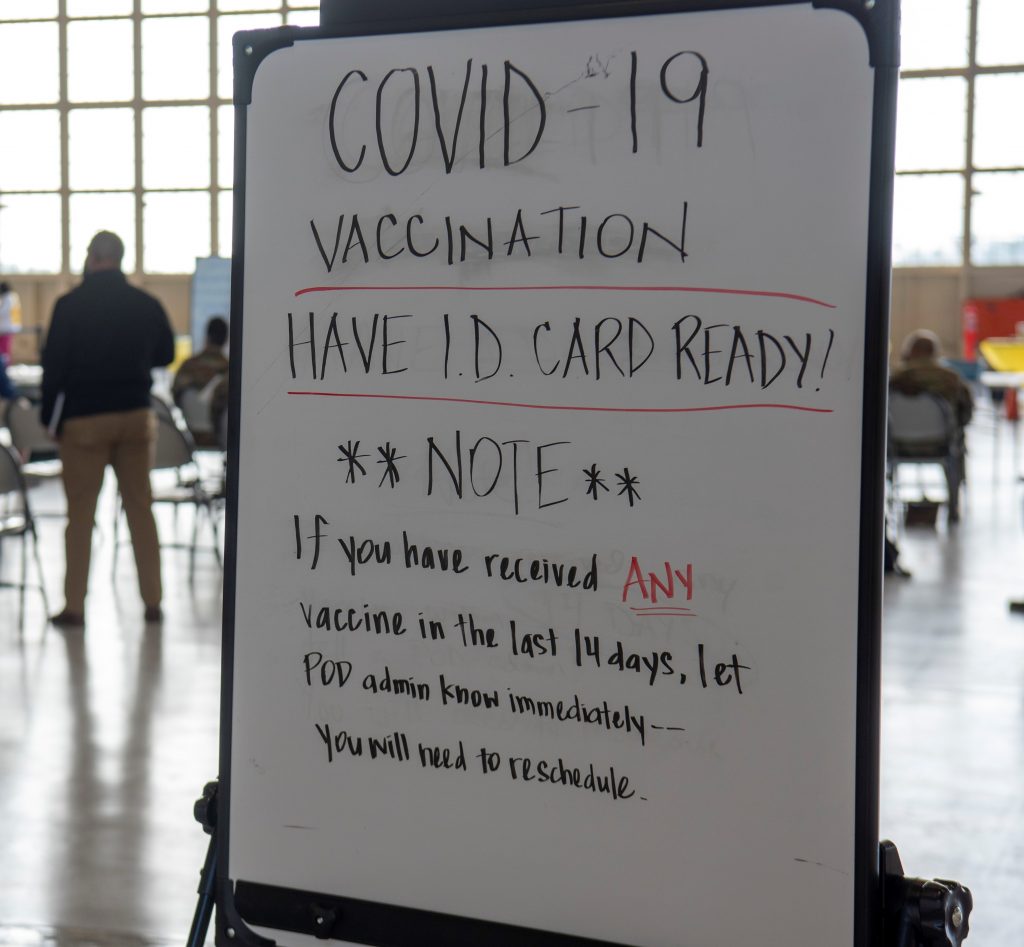
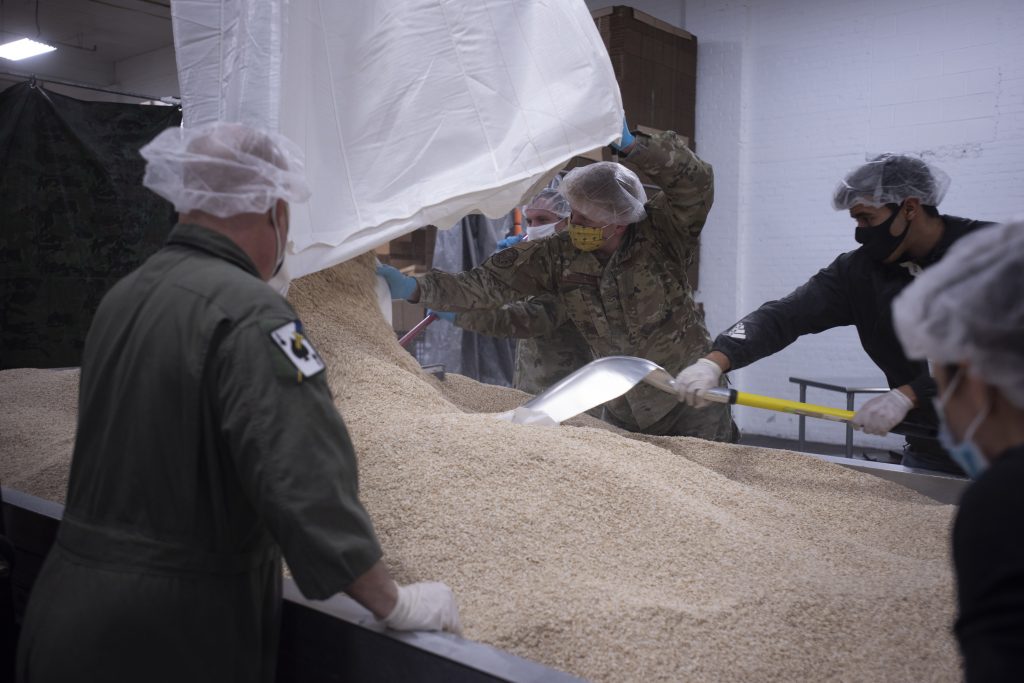

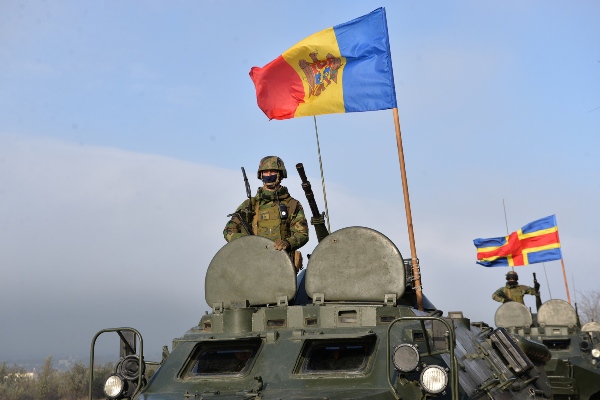
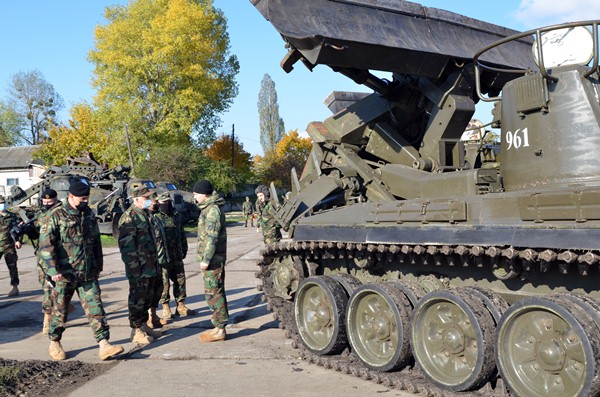
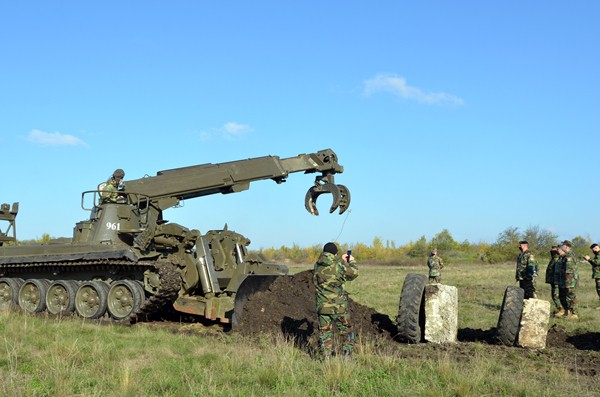
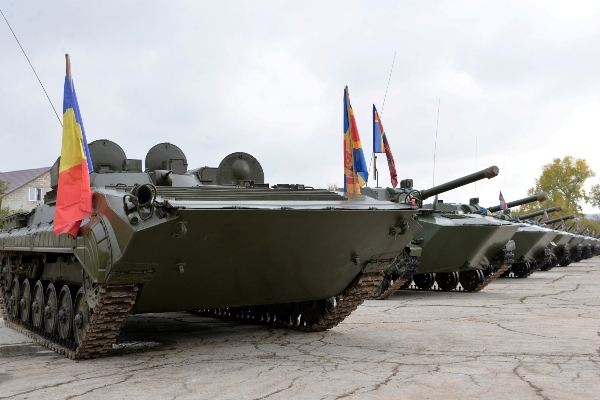
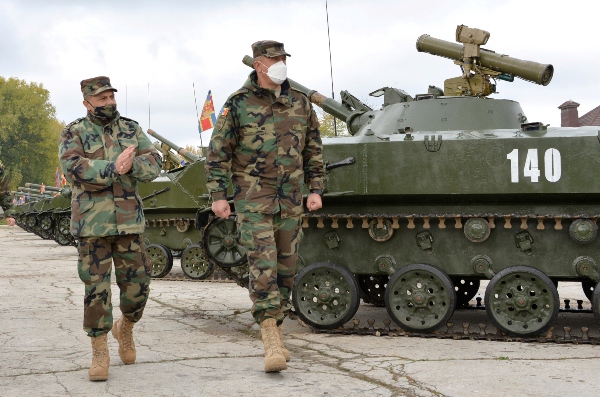


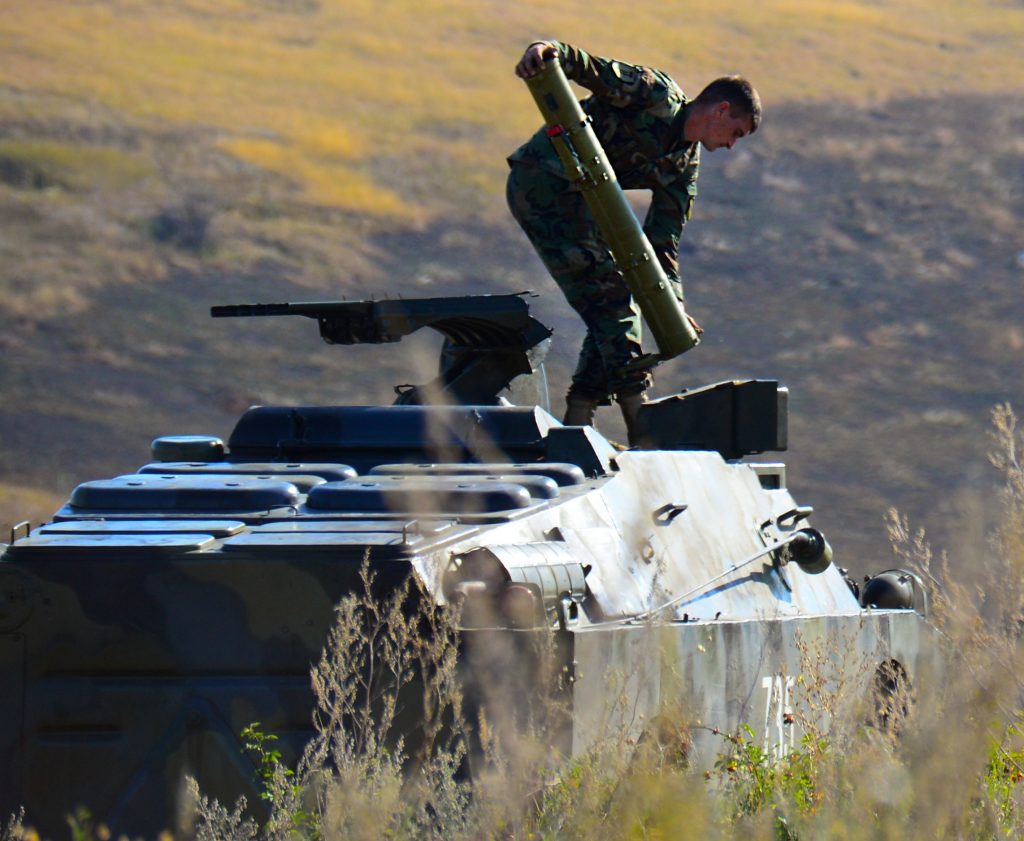
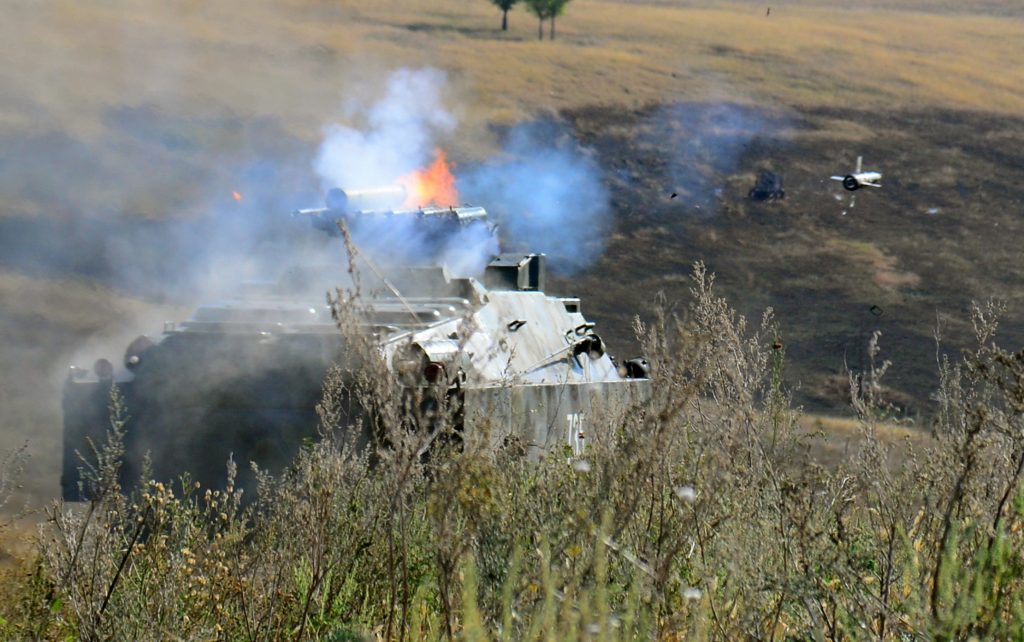
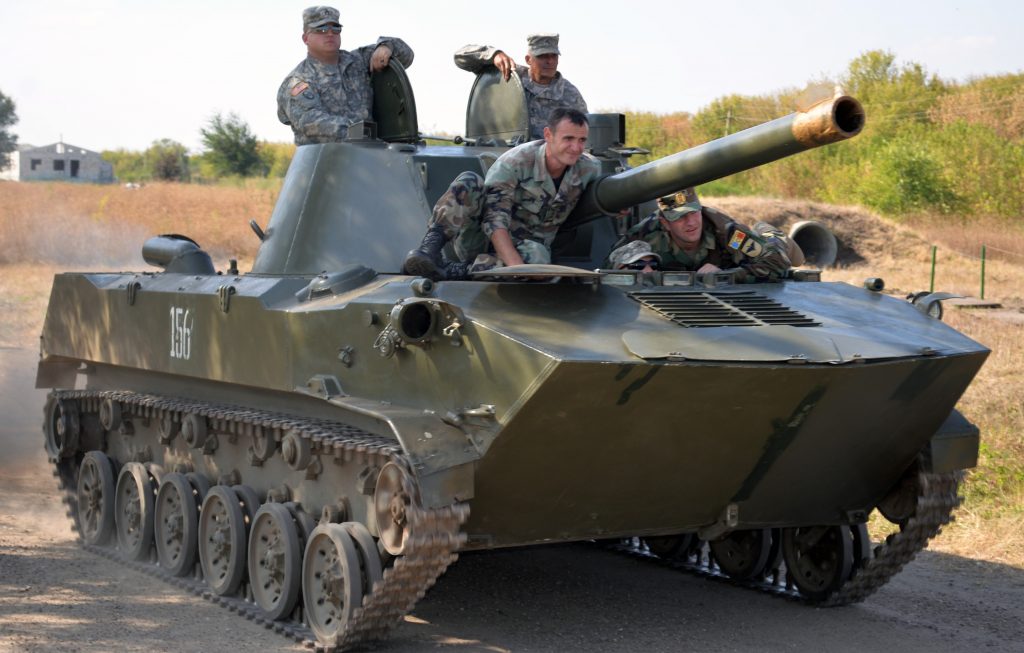

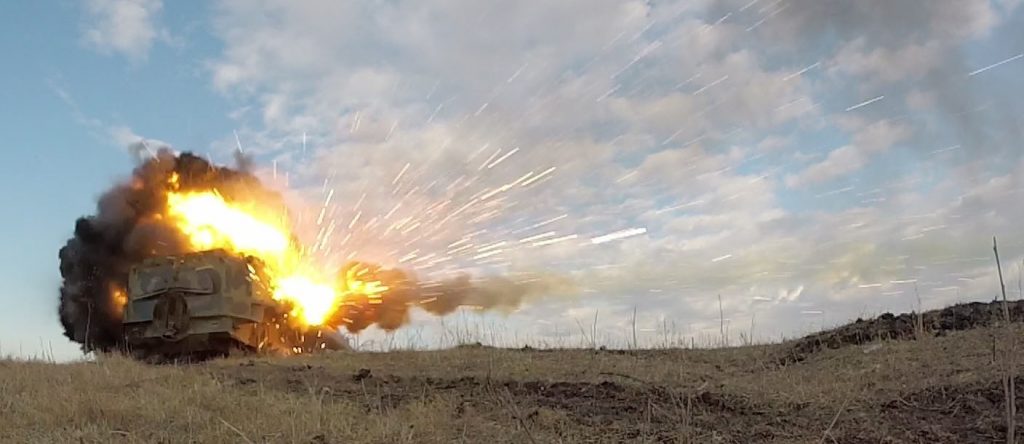
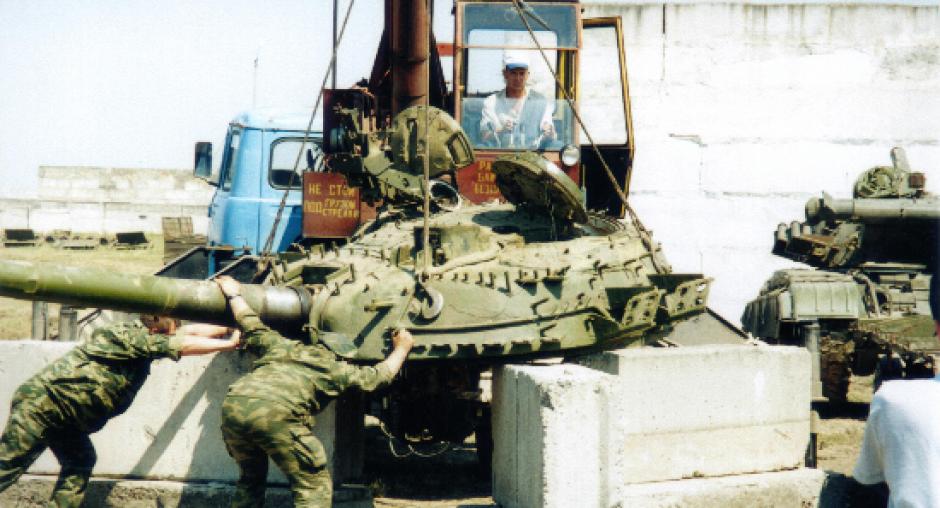


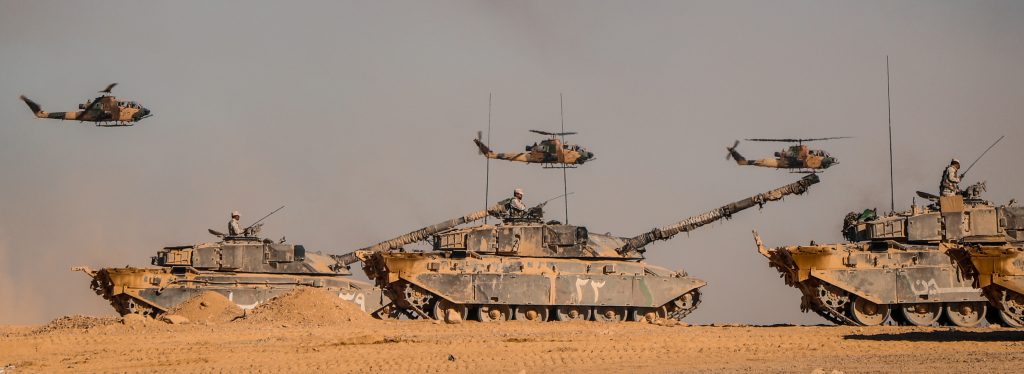
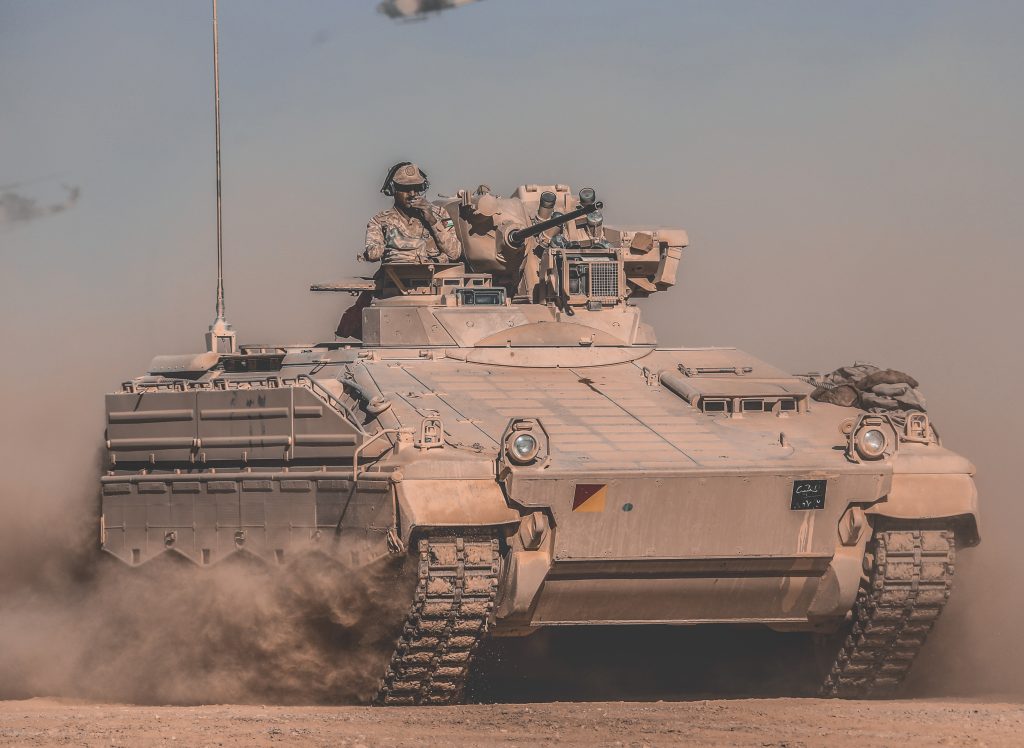
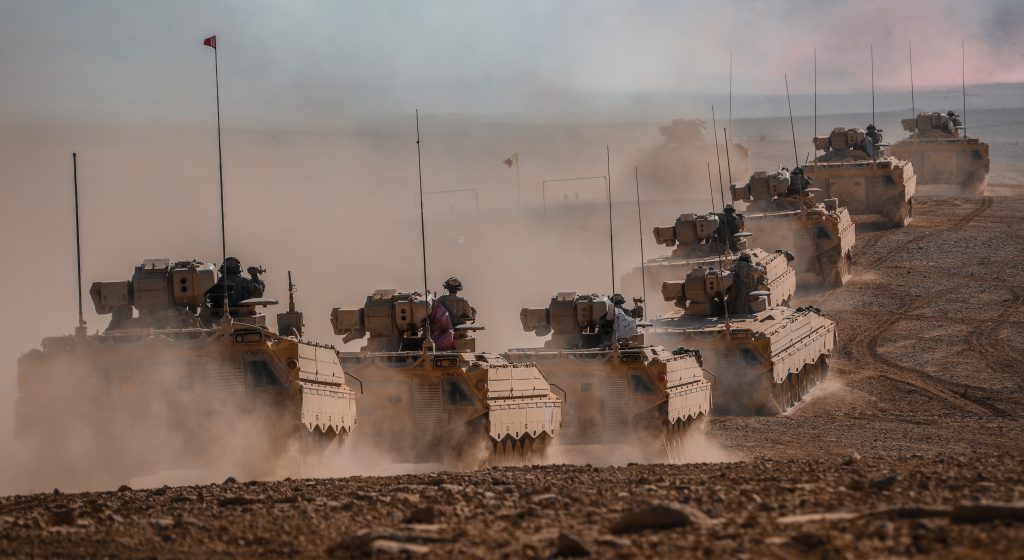
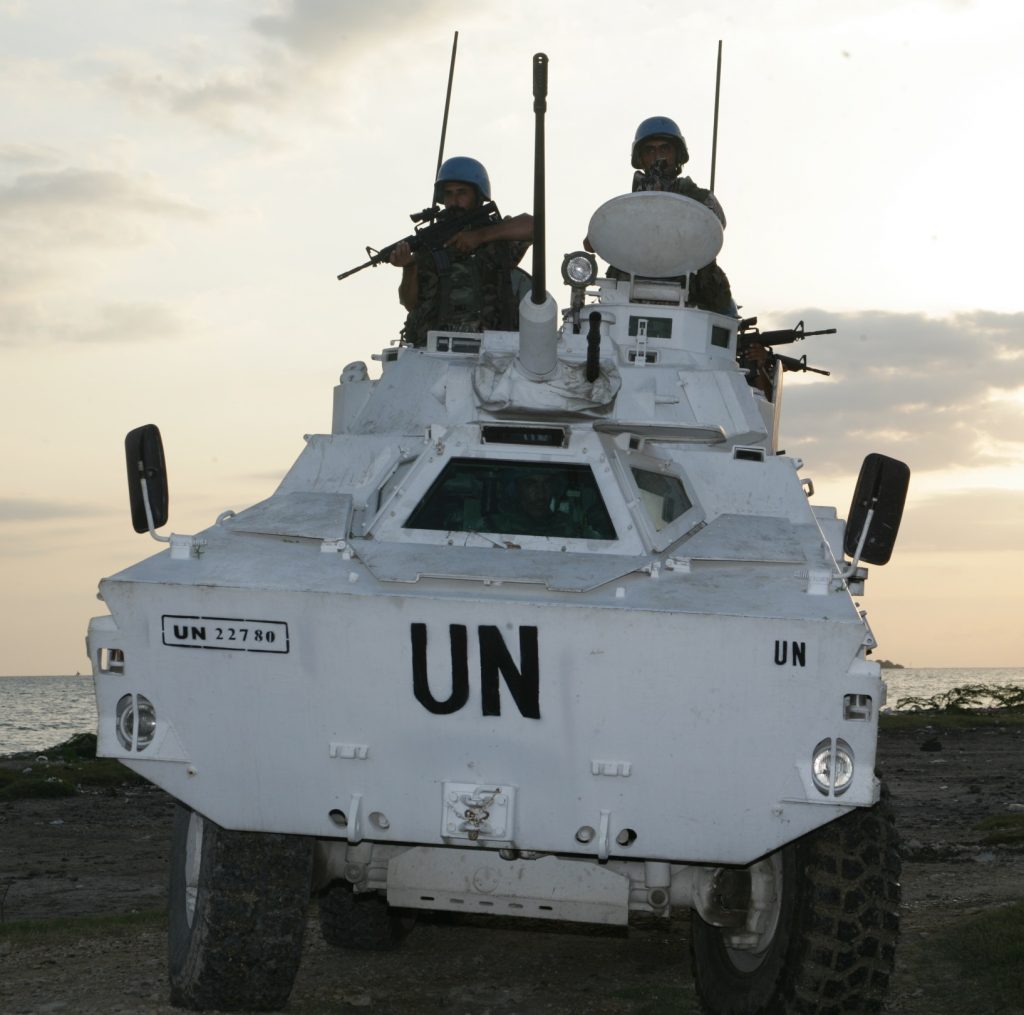
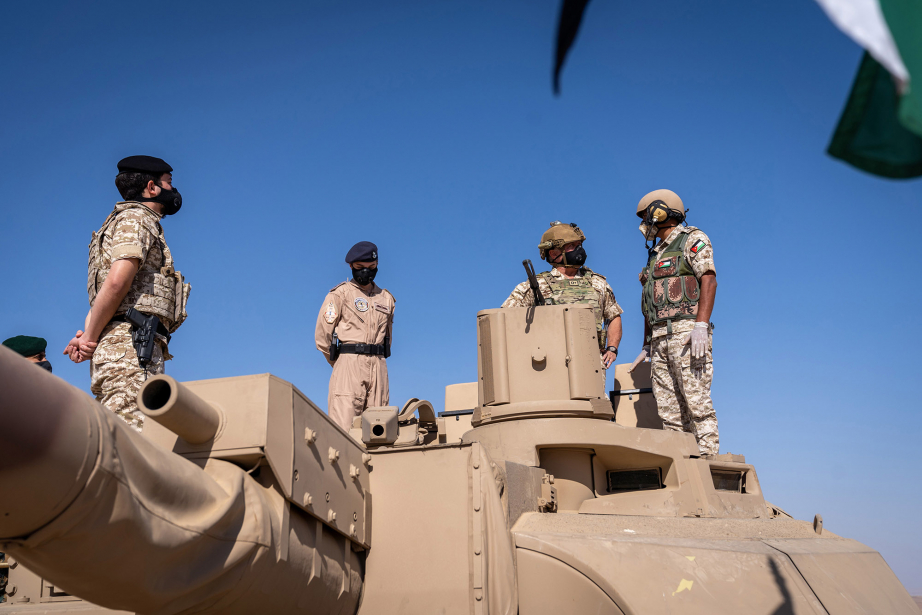
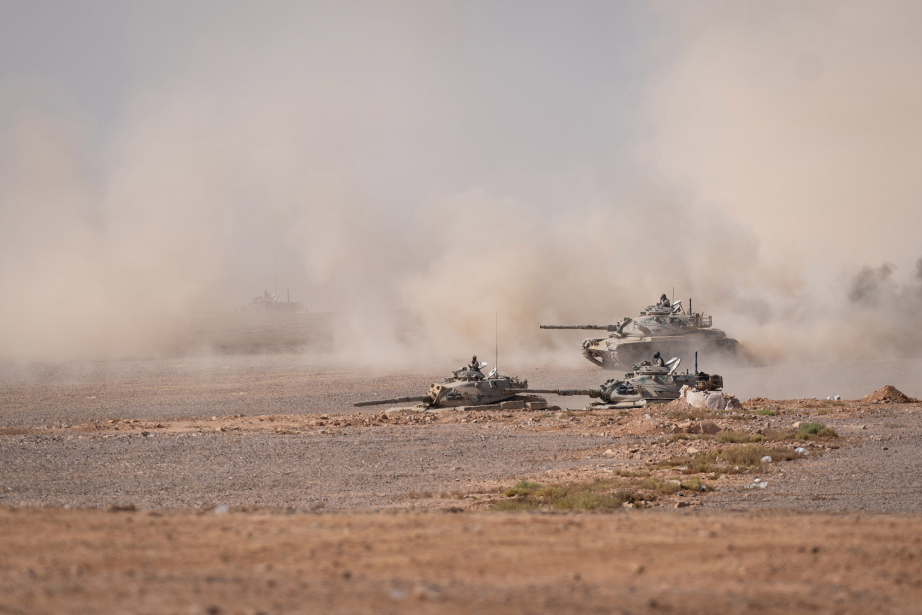
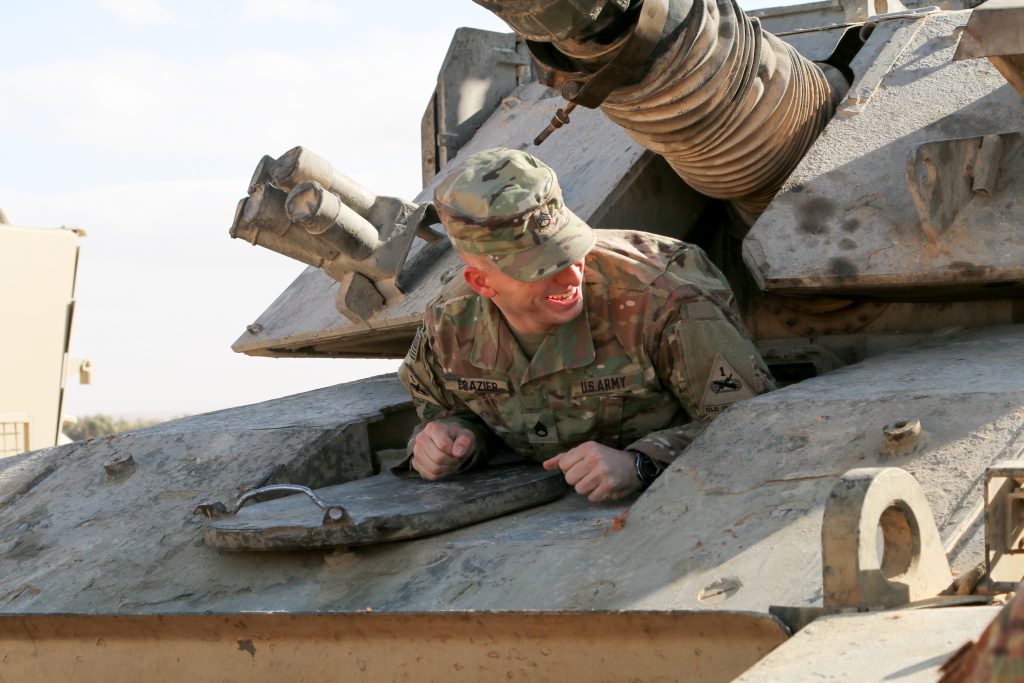
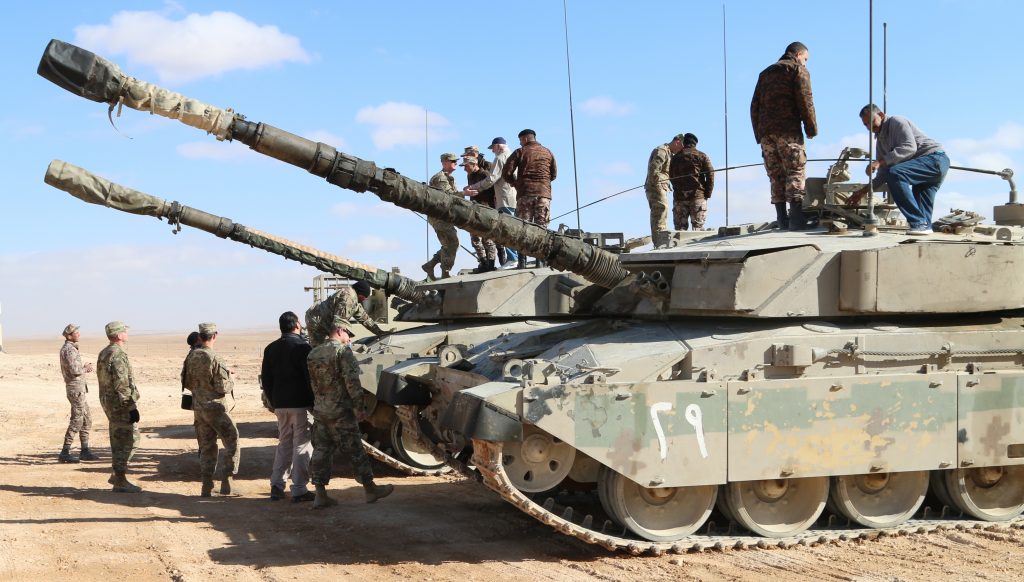
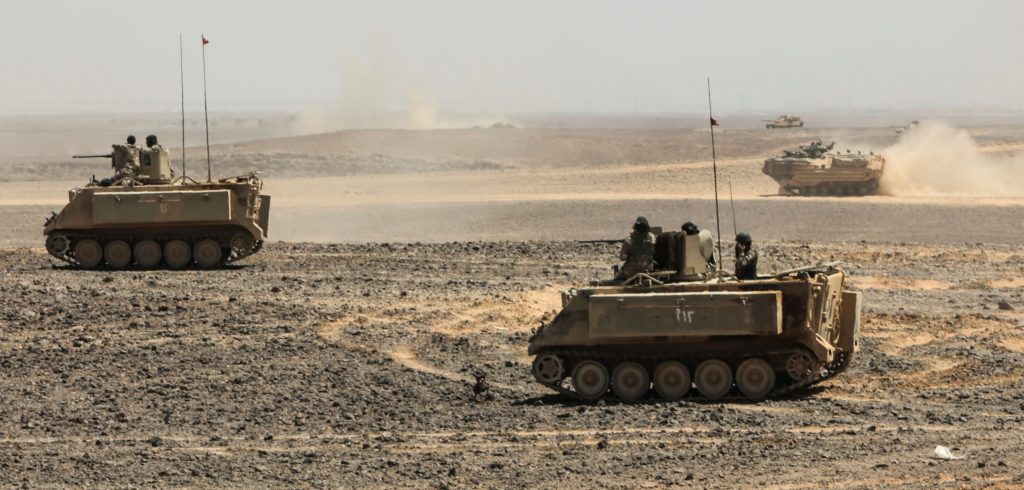
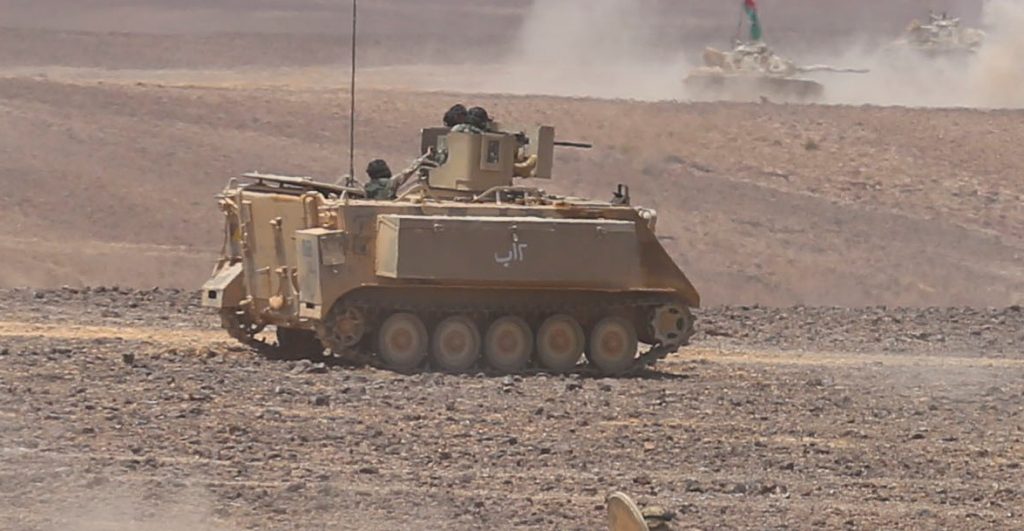
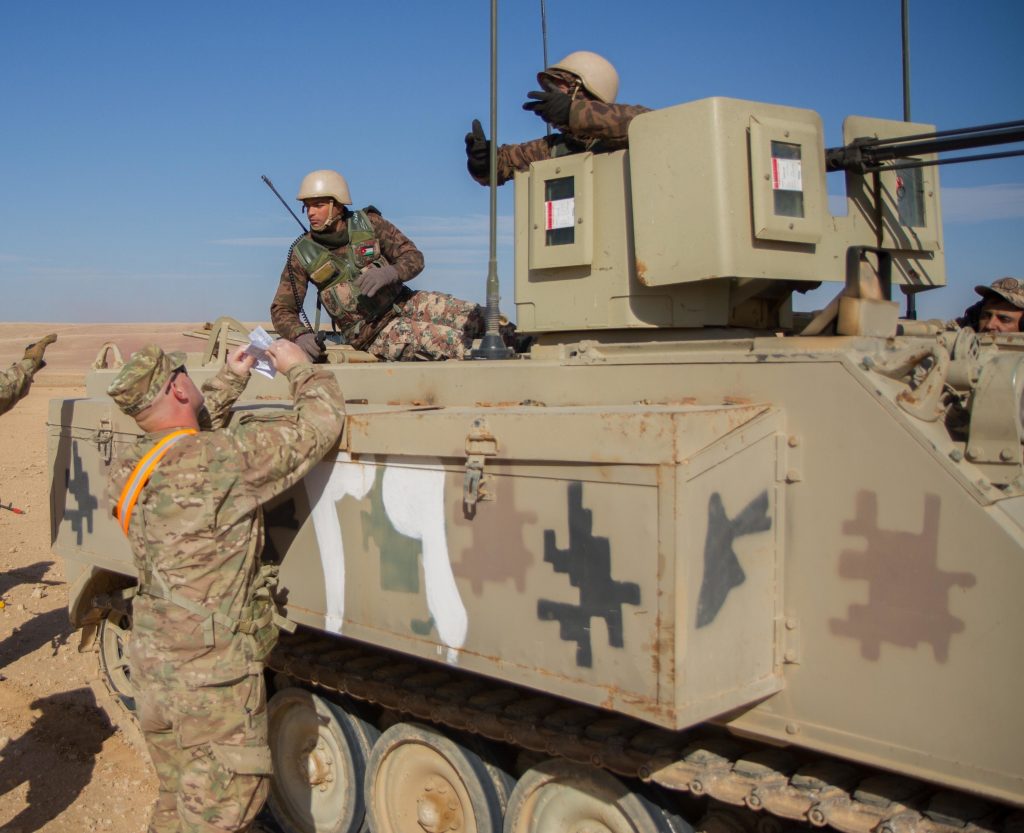

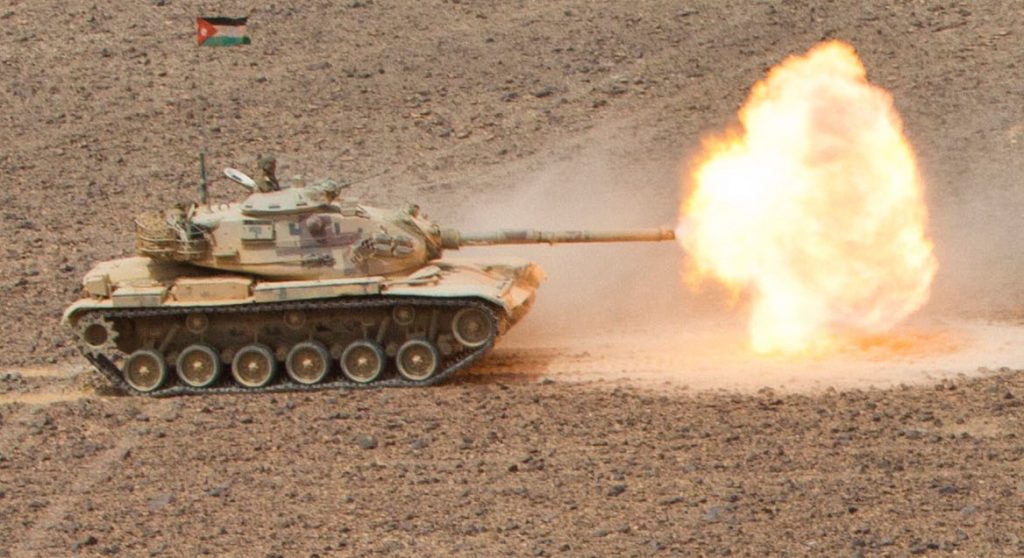
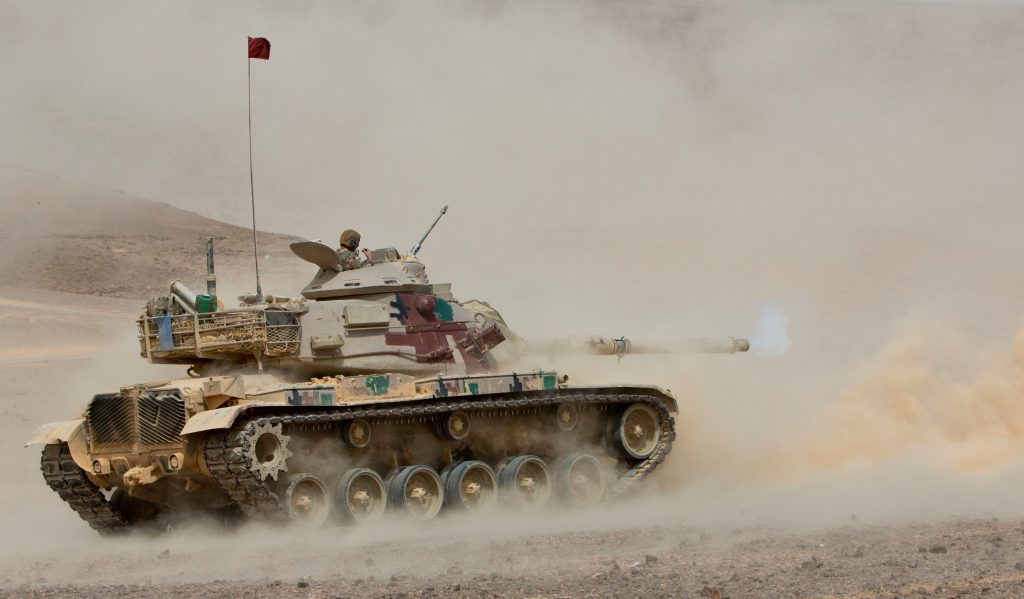
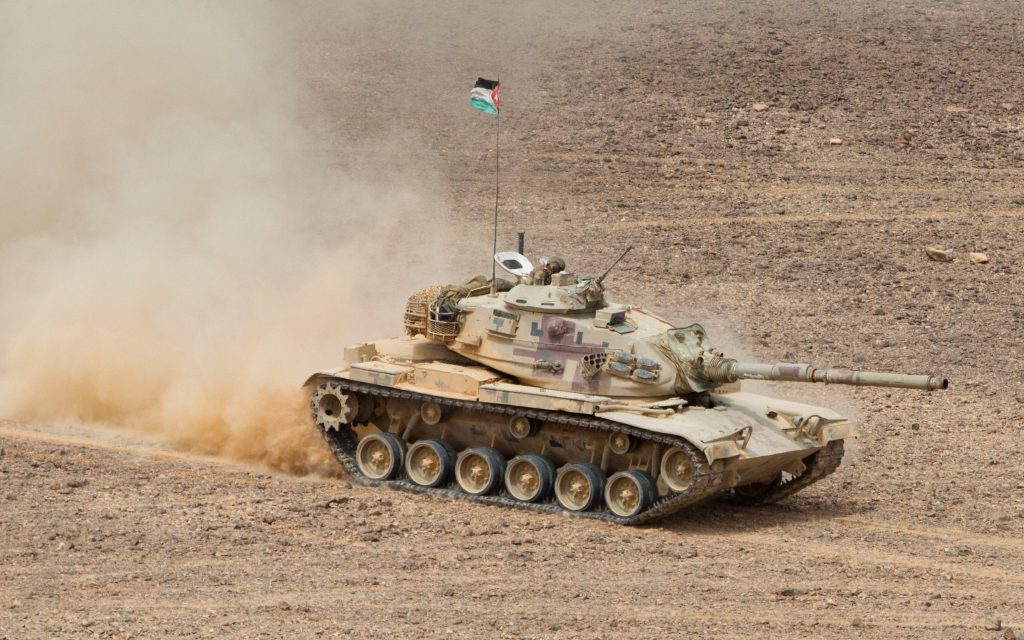
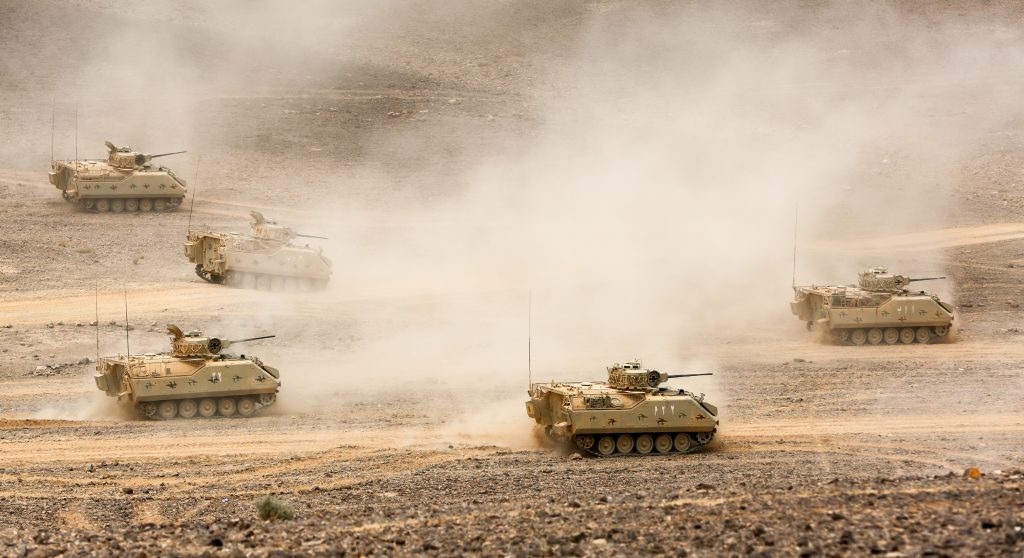
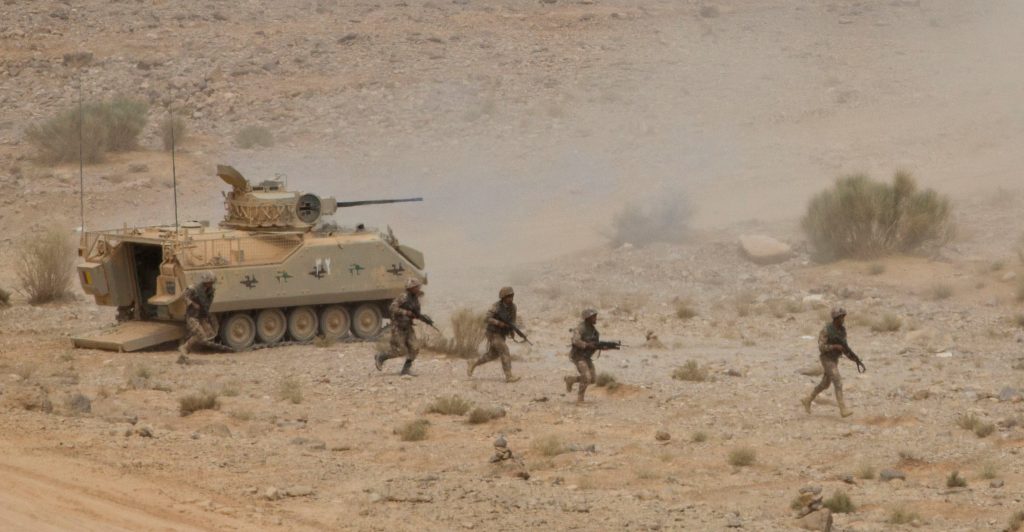
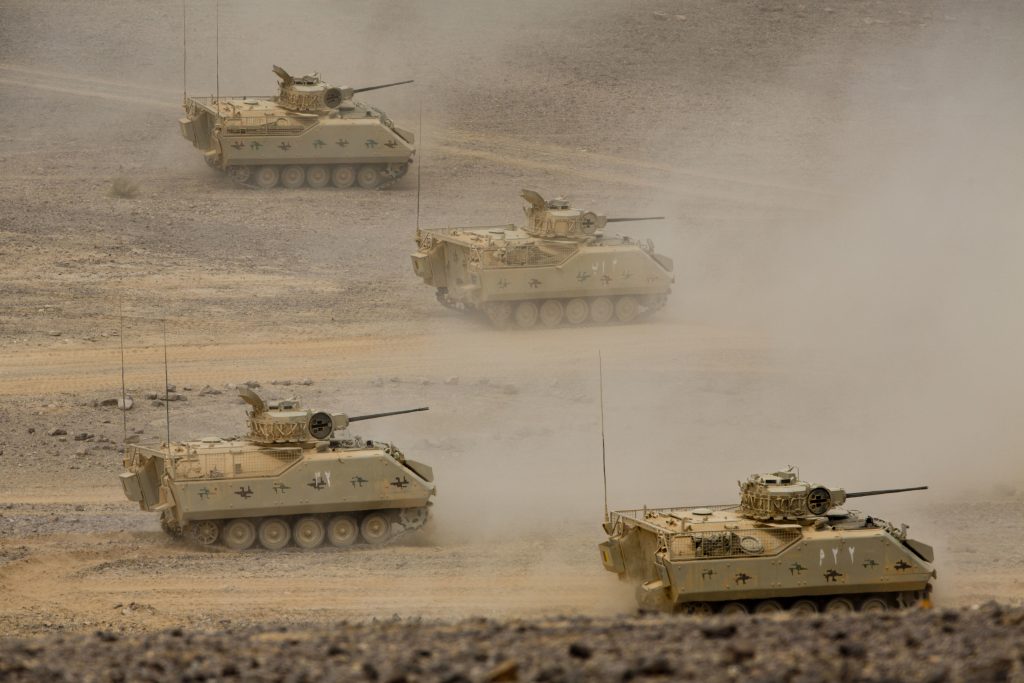
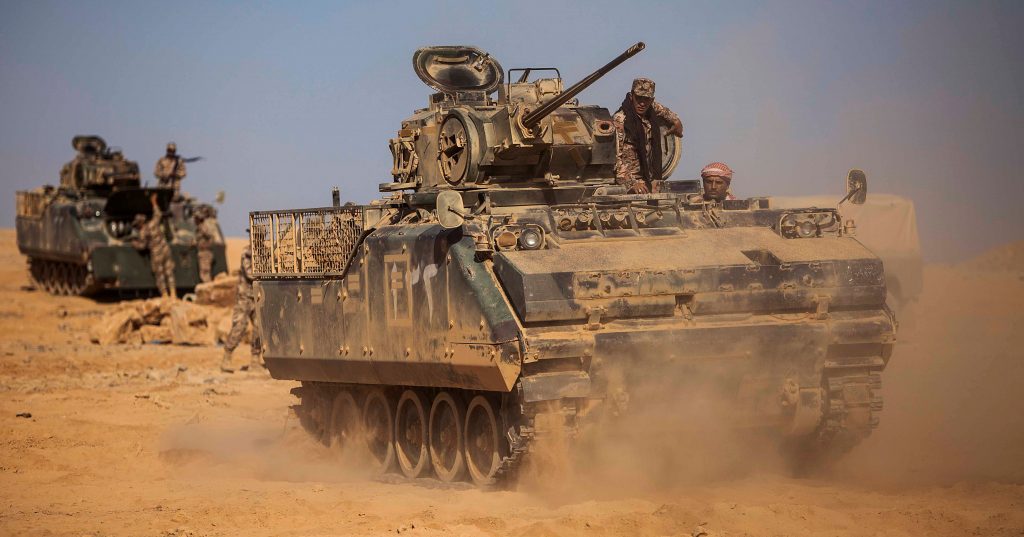
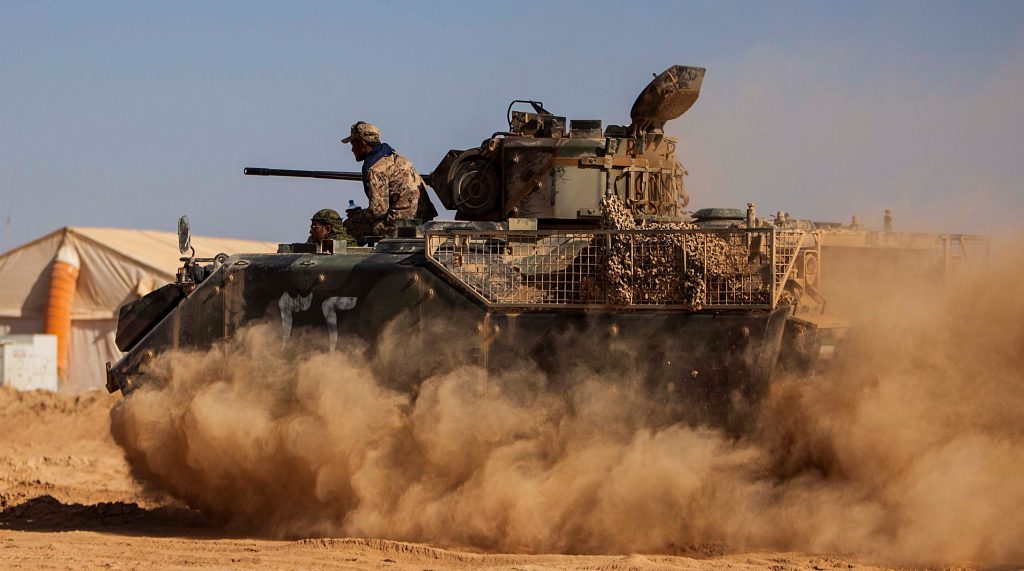
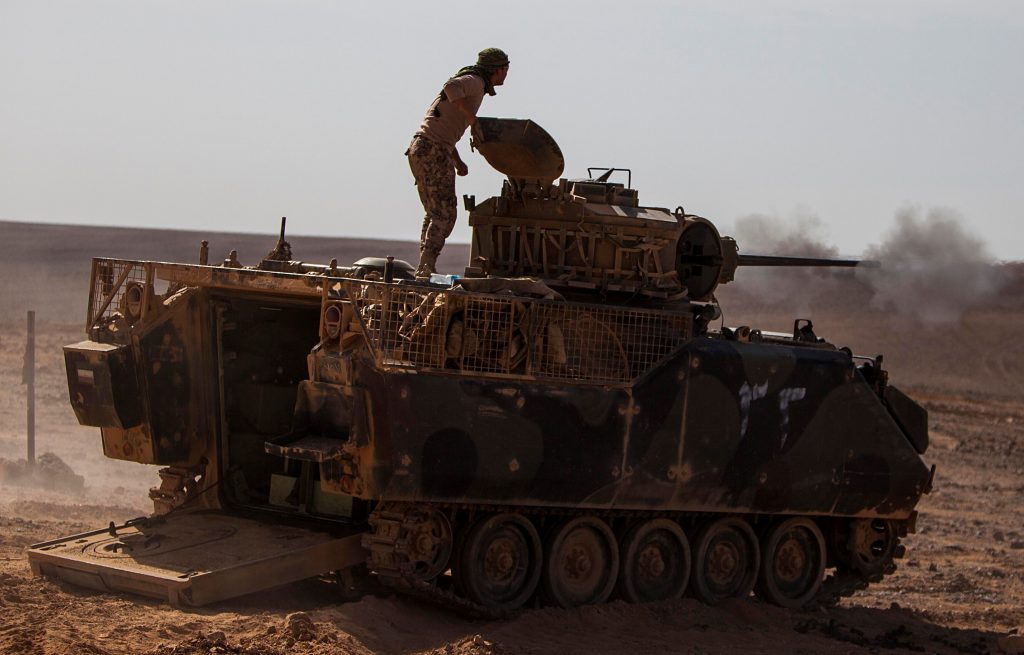
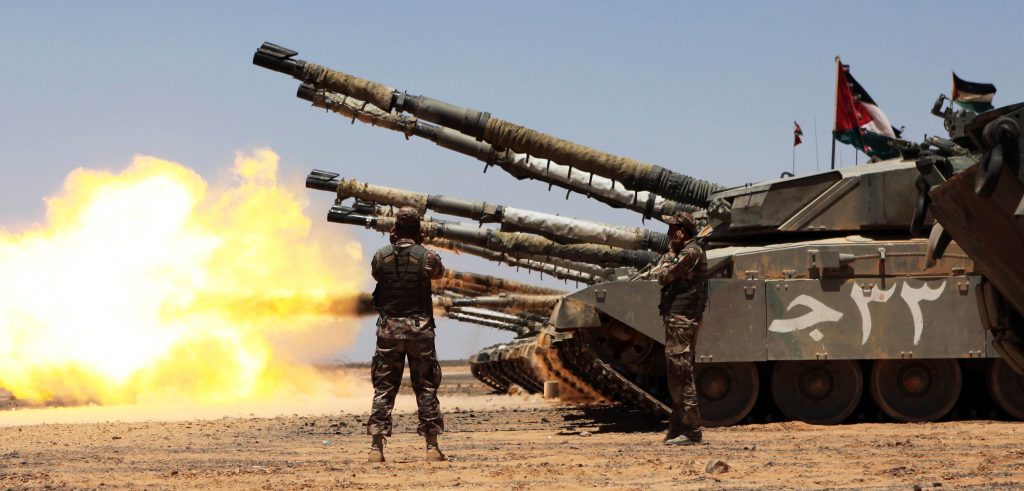
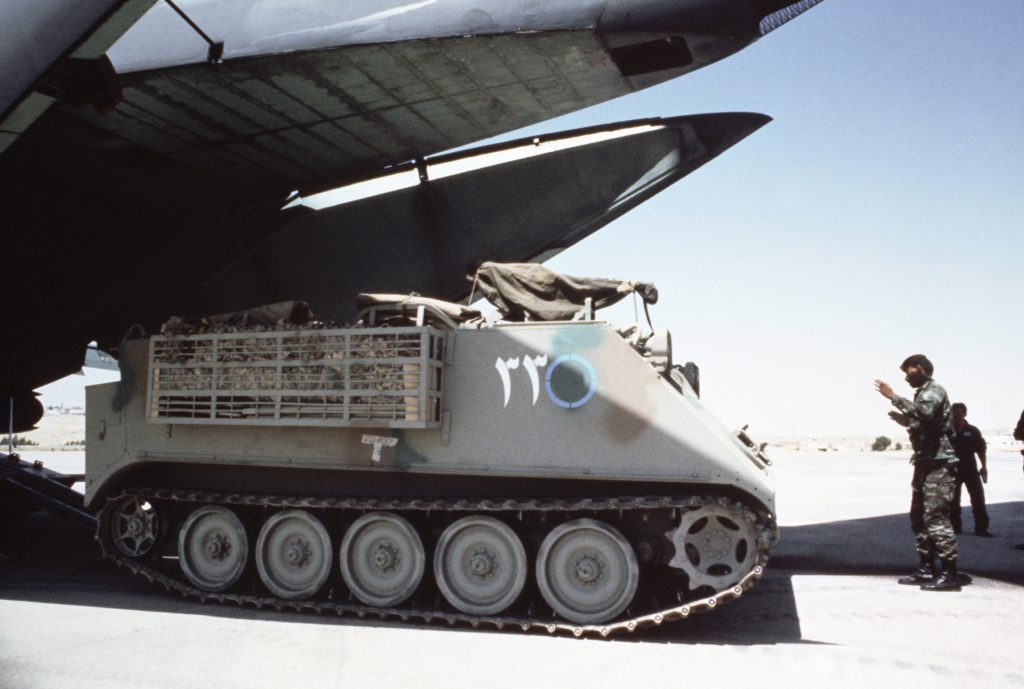

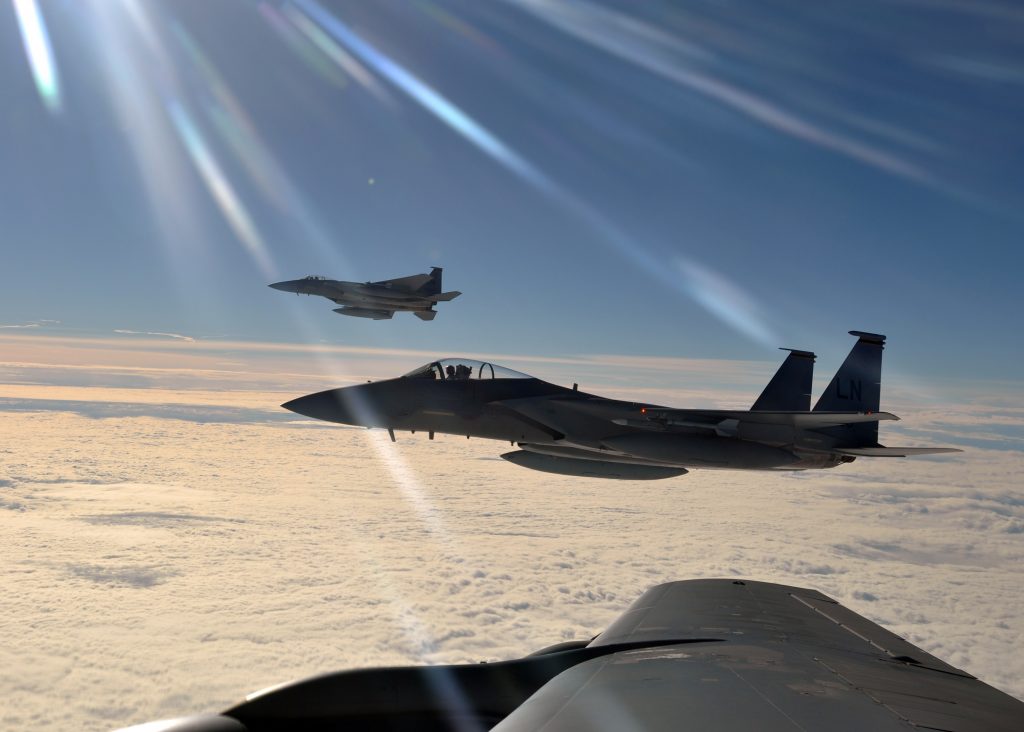
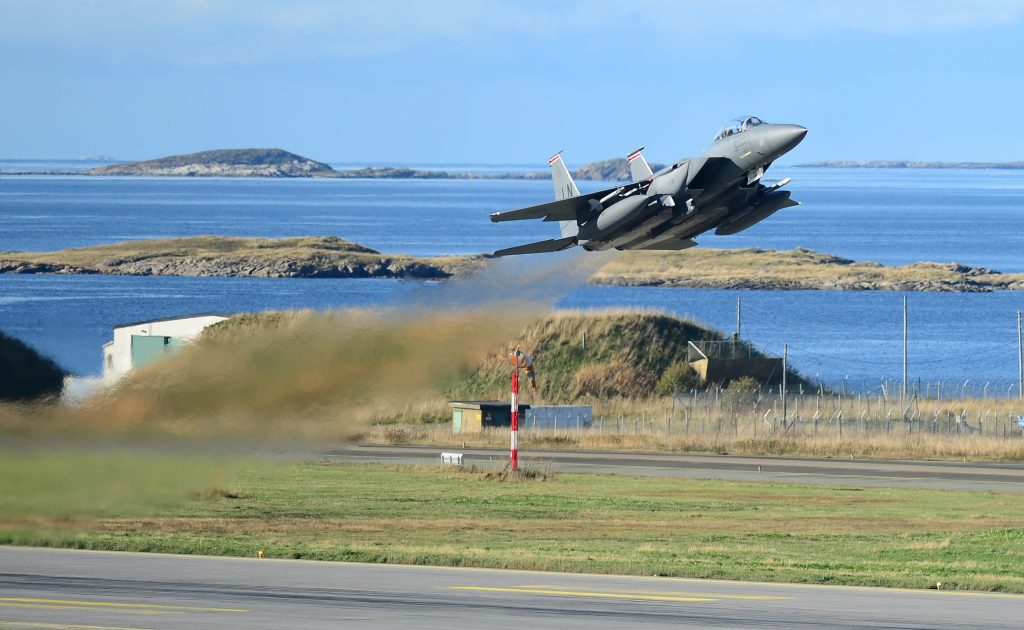
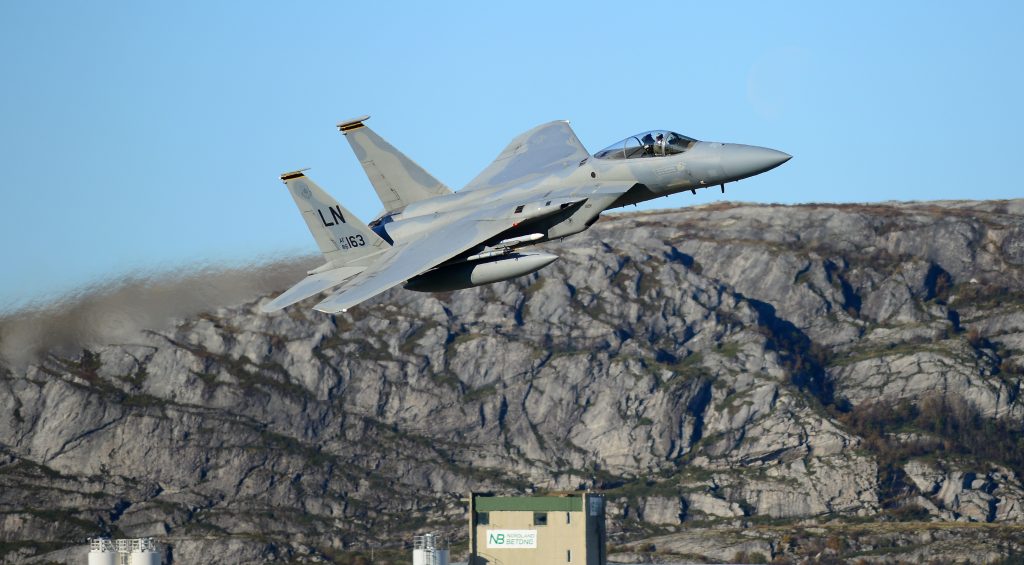
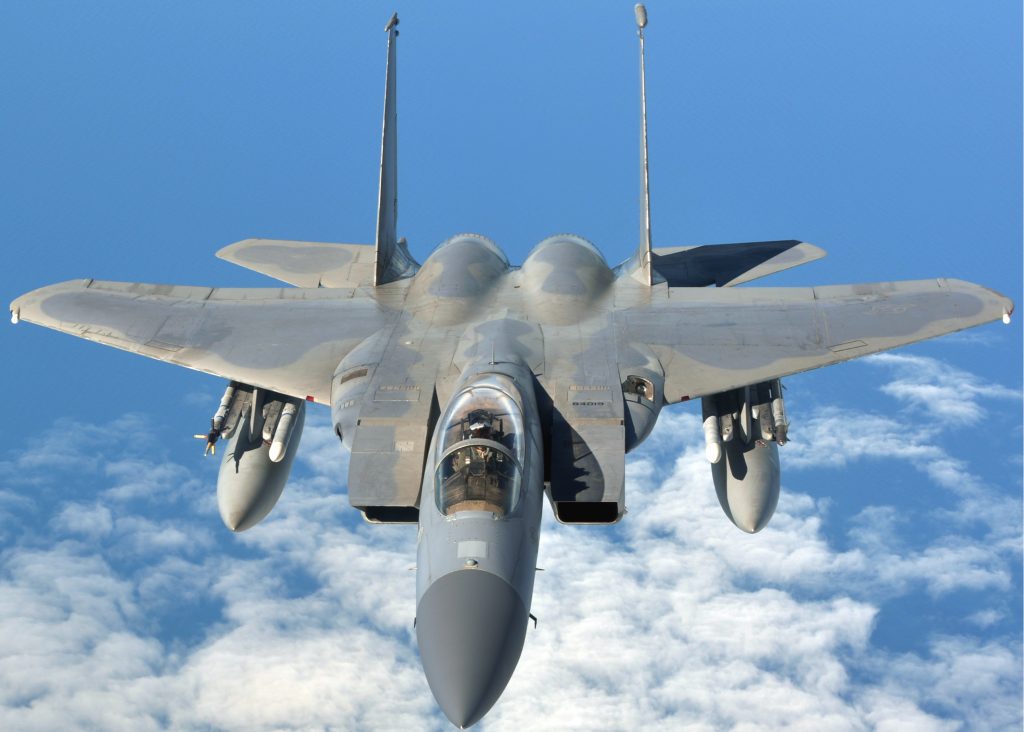
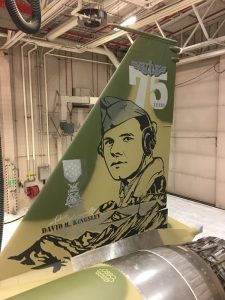
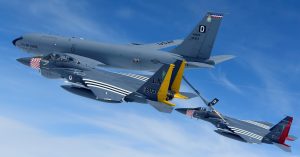

 Near El Paso, Texas, August 2020.
Near El Paso, Texas, August 2020. Border wall slowly stretches across the desert near Columbus, New Mexico, October 2020.
Border wall slowly stretches across the desert near Columbus, New Mexico, October 2020. Wall construction over mountains on the Barry M. Goldwater Range aboard Marine Corps Air Station Yuma, Arizona, October 2020.
Wall construction over mountains on the Barry M. Goldwater Range aboard Marine Corps Air Station Yuma, Arizona, October 2020. New wall completed near Tucson, Arizona, 02NOV2020.
New wall completed near Tucson, Arizona, 02NOV2020. 17DEC2020, Tucson 10/28 Border Barrier near Nogales, Arizona.
17DEC2020, Tucson 10/28 Border Barrier near Nogales, Arizona. 21DEC2020, the final section of Yuma 10/27 Border Barrier is installed, in Arizona.
21DEC2020, the final section of Yuma 10/27 Border Barrier is installed, in Arizona.





















 The winglets used by NASA were much bigger than the winglets being used by the commercial sector.
The winglets used by NASA were much bigger than the winglets being used by the commercial sector.